Choosing the right cat breed for your home is an exciting but important decision. Cats come in a wide variety of breeds, each with its own unique personality, energy level, and care requirements. Whether you’re a first-time cat owner or looking to add another feline to your family, it’s essential to find a breed that aligns with your lifestyle, living situation, and preferences. In this article, we’ll explore the top factors to consider when choosing a cat breed, helping you make an informed decision.
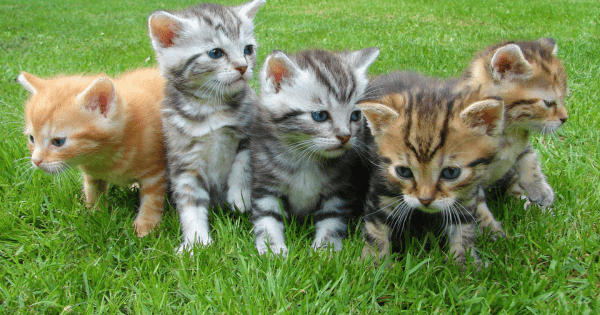
1. Temperament and Personality
Just like people, cats have distinct personalities. Some breeds are known for being social and affectionate, while others are more independent or even aloof. When choosing a cat breed, it’s essential to consider what type of temperament will fit best with your household.
For instance, if you’re looking for a cuddly, affectionate cat, breeds like the Ragdoll, Siamese, or Maine Coon might be the right choice. These breeds tend to be friendly, enjoy human interaction, and are often described as “lap cats.” On the other hand, if you prefer a more independent cat that doesn’t require constant attention, breeds like the Russian Blue, Scottish Fold, or British Shorthair might be better suited. These cats are typically more reserved but still form strong bonds with their owners.
Key Points:
- Affectionate Breeds: Ragdoll, Siamese, Maine Coon.
- Independent Breeds: Russian Blue, Scottish Fold, British Shorthair.
- Energetic Breeds: Bengal, Abyssinian, Oriental Shorthair.
- Laid-Back Breeds: Persian, Exotic Shorthair, Burmese.
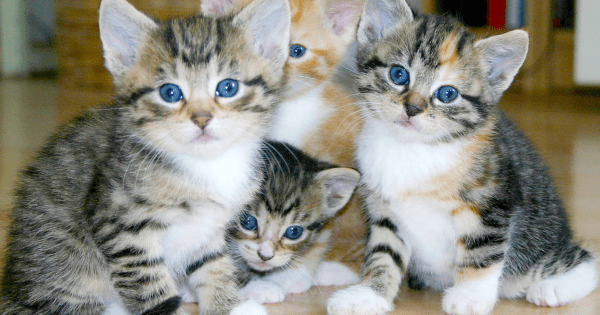
2. Energy Level and Playfulness
Different cat breeds have varying energy levels, and it’s essential to choose a breed that matches your activity level and time for play. High-energy breeds like the Bengal, Abyssinian, and Oriental Shorthair are known for their playful, active nature. These cats enjoy climbing, running, and interactive playtime, and they’ll need plenty of stimulation to stay happy. They can be a great choice for active families or people who enjoy engaging with their pets frequently.
In contrast, some breeds, such as the Persian, Exotic Shorthair, and Burmese, are more laid-back and relaxed. These cats are content to lounge around the house and enjoy a more peaceful environment. If you’re looking for a more tranquil companion or don’t have the time for intense play sessions, these breeds might be a better fit.
Key Points:
- High-Energy Breeds: Require regular playtime and mental stimulation.
- Low-Energy Breeds: More suited to relaxed, quieter households.
- Interactive Breeds: Engage well with toys and human interaction.
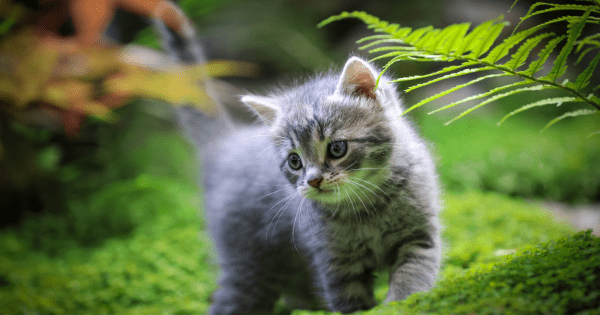
3. Grooming Needs and Coat Type
Cat breeds vary significantly in terms of grooming requirements. Long-haired breeds, like the Persian and Maine Coon, require regular brushing to prevent mats and tangles in their fur. These breeds often need daily grooming sessions to maintain the health and appearance of their coat, which can be time-consuming.
Short-haired breeds, such as the British Shorthair or Sphynx, require much less grooming. While short-haired cats typically shed less and need fewer brushing sessions, it’s still essential to provide occasional grooming to remove loose fur and keep their coat in good condition.
If you’re not willing to dedicate much time to grooming, a breed with minimal grooming needs, like the Russian Blue or American Shorthair, may be a better fit. Alternatively, hairless breeds like the Sphynx require unique care, such as regular skin cleaning, as they can become oily and are prone to skin infections.
Key Points:
- Long-Haired Breeds: Require frequent grooming (e.g., Persian, Maine Coon).
- Short-Haired Breeds: Easier to groom with minimal shedding (e.g., British Shorthair, American Shorthair).
- Hairless Breeds: Require special care for their skin (e.g., Sphynx).
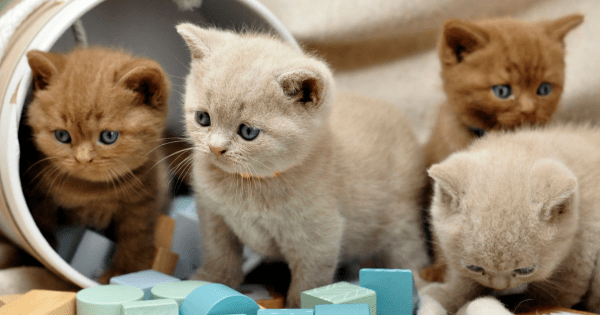
4. Living Environment and Space
Your living environment should also influence your choice of cat breed. Some cats are more adaptable to apartment living, while others may need more space to roam and explore. If you live in a smaller home or apartment, breeds like the Ragdoll, British Shorthair, or Scottish Fold are generally well-suited for smaller spaces. These breeds tend to be less active indoors and can adapt well to limited space.
In contrast, more energetic or adventurous breeds like the Bengal or Abyssinian may feel confined in a small living area. These cats need plenty of mental and physical stimulation, so they may thrive better in homes with more space or access to a secure outdoor environment.
Additionally, consider the amount of climbing space or vertical territory available in your home. Some breeds, such as the Siberian and Norwegian Forest Cat, love to climb and would benefit from cat trees or shelves to satisfy their natural instincts.
Key Points:
- Apartment-Friendly Breeds: Ragdoll, British Shorthair, Scottish Fold.
- Breeds Needing More Space: Bengal, Abyssinian, Siberian.
- Climbing Breeds: Enjoy vertical spaces (e.g., Norwegian Forest Cat, Siberian).
5. Allergies and Shedding
If you or someone in your household suffers from allergies, it’s important to consider how much your cat will shed. While no cat breed is completely hypoallergenic, some breeds produce fewer allergens than others and may be more suitable for people with mild allergies. Breeds like the Siberian, Balinese, and Sphynx are often recommended for allergy sufferers because they produce less of the protein Fel d 1, which is the primary allergen in cats.
Additionally, some short-haired breeds, such as the Russian Blue and Bengal, tend to shed less than other cats. However, even these breeds require regular grooming to keep shedding under control.
Key Points:
- Hypoallergenic Breeds: Siberian, Balinese, Sphynx.
- Low-Shedding Breeds: Russian Blue, Bengal, Devon Rex.
- Breeds Prone to Shedding: Long-haired cats typically shed more and may trigger allergies.
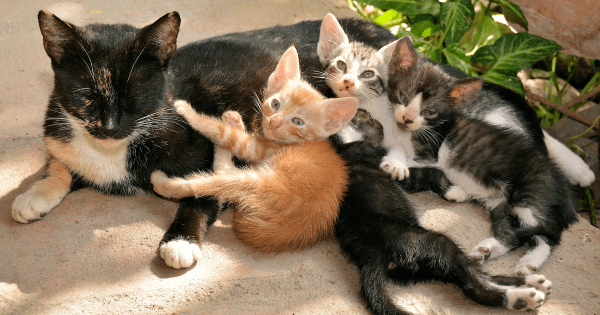
6. Health and Lifespan
Different cat breeds have varying lifespans and susceptibility to health issues. Some breeds are more prone to genetic conditions, so it’s essential to understand any potential health risks associated with the breed you’re considering. For example, Persians are known to suffer from respiratory problems due to their flat faces (brachycephalic), while Maine Coons can be prone to hip dysplasia and heart disease.
Researching the health concerns associated with specific breeds can help you prepare for potential vet visits and medical care costs. Additionally, consider the breed’s typical lifespan. Smaller cats, such as the Siamese and Burmese, tend to live longer, often reaching 15-20 years, while larger breeds, like the Maine Coon, may have shorter lifespans.
Key Points:
- Breeds Prone to Health Issues: Persians (respiratory problems), Maine Coons (hip dysplasia, heart disease).
- Long-Living Breeds: Siamese, Burmese, British Shorthair.
- Vet Costs: Larger breeds and those with specific health concerns may have higher medical costs.
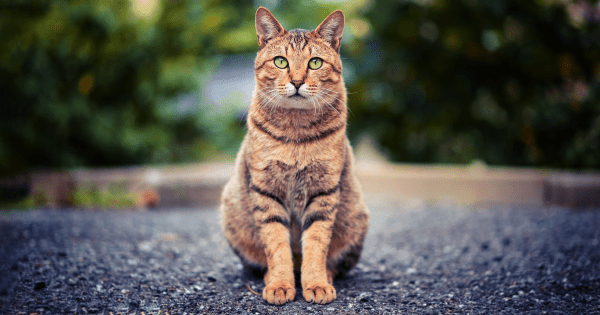
7. Compatibility with Other Pets
If you have other pets, it’s crucial to choose a cat breed that is known for being compatible with other animals. Some cat breeds are naturally more sociable and enjoy the company of other pets, while others may be more territorial or shy around new animals.
Breeds like the Ragdoll, Maine Coon, and Burmese are typically friendly and get along well with dogs or other cats. These breeds tend to be more relaxed and accepting of new companions in the household.
On the other hand, more independent or territorial breeds, such as the Siamese or Turkish Van, may take longer to adjust to other pets. These breeds may require a more gradual introduction process to ensure a smooth transition.
Key Points:
- Pet-Friendly Breeds: Ragdoll, Maine Coon, Burmese.
- Territorial Breeds: May need more time to adjust to new pets (e.g., Siamese, Turkish Van).
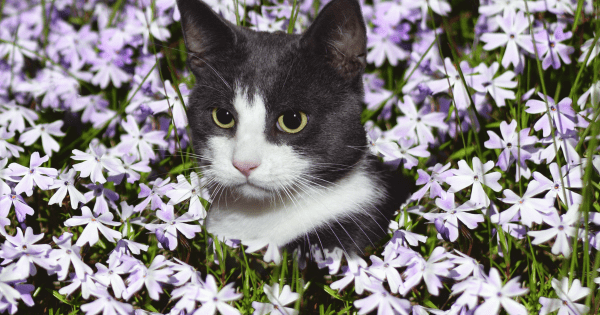
8. Cost and Availability
Some cat breeds are more expensive and harder to find than others. Rare or exotic breeds, like the Savannah or Sphynx, may come with a higher price tag due to their unique traits and limited availability. Additionally, certain breeds may have higher care costs, especially if they require frequent grooming, special diets, or have known health issues.
If cost is a concern, consider adopting from a shelter or rescue organization. Many shelters have purebred cats available for adoption at a fraction of the cost of buying from a breeder. Not only will you save money, but you’ll also give a cat a second chance at finding a loving home.
Key Points:
- Expensive Breeds: Savannah, Sphynx, Bengal.
- Adoptable Breeds: Many shelters have purebred cats available for adoption.
- Ongoing Costs: Factor in grooming, vet visits, and dietary needs.
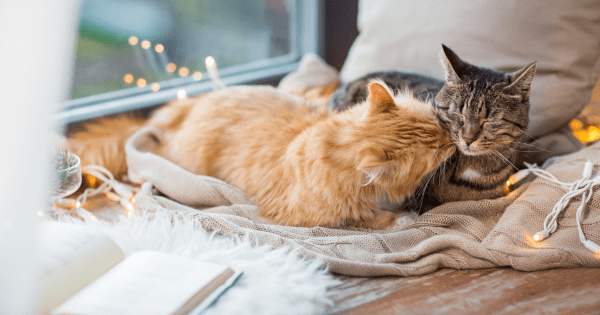
Choosing the right cat breed is a highly personal decision that requires careful
